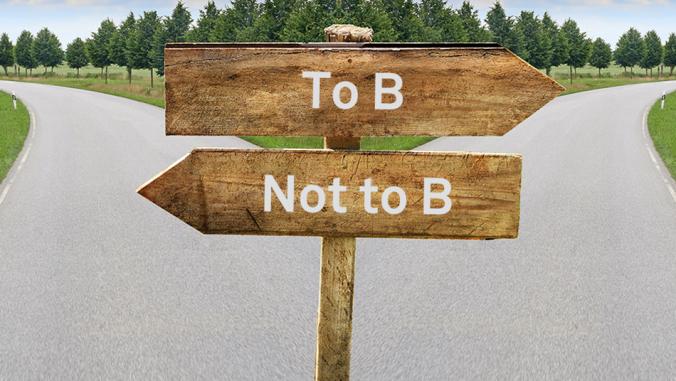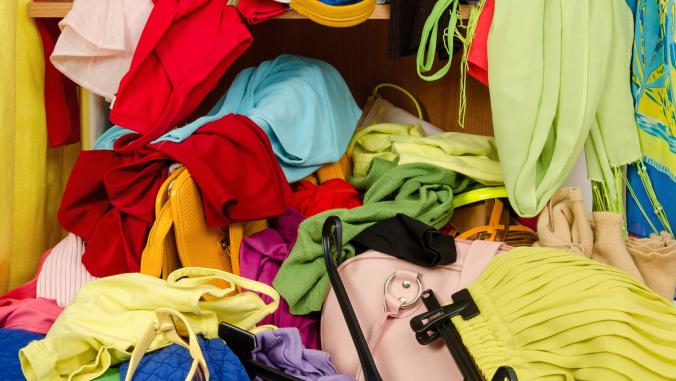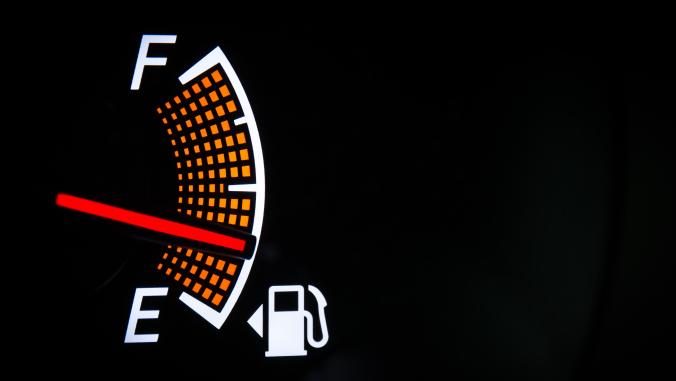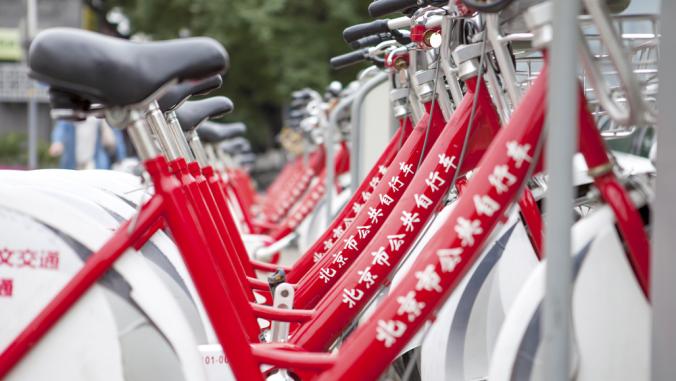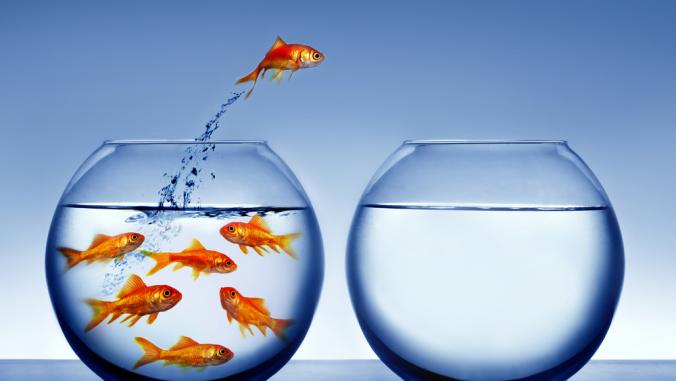Best Buy: Sustainability amidst turmoil
<p>Despite deflated stock prices and a loss in market share, the company remains on top in reducing its carbon footprint, as well as in recycling consumer goods.</p>

Best Buy has made headlines this year, and not the kind that any company wants:
Best Buy Cutting 50 Stores to Get Profitable. Good luck with that. (Forbes)
Best Buy CEO Resigns Under Cloud (Minneapolis StarTribune)
Best Buy Suffers For Lack of a Plan (New York Times)
Best Buy in Turmoil: Will It Survive? (Forbes, again)
Best Buy is losing market share to Amazon, its stock is down by 25 percent since the beginning of year (while the S&P 500 is up by 15 percent) and the company’s founder Richard Schulze stepped down as chairman because he failed to tell the board about allegations that then-CEO Brian Dunn was having an inappropriate relationship with a female employee.
Now Schulze wants to take the company private, maybe with money from Qatar. It’s more than enough to paralyze an organization or, at a minimum, distract everyone.
So how are the company’s sustainability efforts going? As it turns out…very well.
Maybe it helps that Leo Raudys, Best Buy’s senior director of environmental sustainability, previously worked in Minnesota state government, where his ultimate bosses included governors Jesse Ventura and Tim Pawlenty.
“You spend 18 years in government, and you see elections bring people in and out,” says Raudys, who is trained as an ecologist. “You just put your head down and keep going.”
I spoke last week by phone with Raudys and George Sherman, his boss. Sherman is a senior v.p. who oversees all services at Best Buy (which includes recycling, among other things). Susan Bass Roberts, who oversees community relations, also joined the call.
What I took away from our conversation is that sustainability programs are thriving at Best Buy because they deliver real competitive advantages -- and Best Buy needs any edge that it can get these days.
“Our environmental program is built around clear business objectives,” said Sherman, who reports directly to Best Buy’s new CEO, turnaround artist Hubert Joly. ‘This is one of the crown jewels of the company. It is one of the things that we do absolutely best.”
Photograph of a Best Buy store located in Galerias Guadalajara, Mexico provided by Cal Construccion via Wikimedia Commons
It helps, too, that Best Buy’s environmental goals around recycling and carbon emissions reductions are clear and focused.
Let’s take them one at a time.
The company has said it wants to recycle 1 billion pounds of consumer goods by 2014, and it’s well ahead of schedule (as GreenBiz’s Adam Aston reported in April). No other retailer matches this program in size or scope; it requires setting up collection points in every store, and managing a complex “reverse logistics” network that trucks and sorts discarded goods. Because Best Buy already has a repair operation, as well as a trade-in program for used electronics, it knows how to move stuff out of the stories as well as into them.
This month, Best Buy said for the first time that all of its e-waste handlers would have to meet the e-Stewards standard, a program developed by environmentalists including the Basel Action Network, a watchdog group. Basel Action Network applauded the move, calling it a demonstration of “real leadership.”
Best Buy’s recycling program, to the surprise of company insiders, now makes a modest profit. It attracts people who want to get rid of their old junk into the stores. And it signals to customers that Best Buy is acting responsibly.
“We’re essentially running a zero-cost traffic driver that does good things for our customers,” Raudys said. “It’s a sustainable business model.”
Neither of Best Buy’s biggest competitors — Walmart and Amazon — offer free electronics recycling.
As for carbon reductions, Best Buy has promised to reduce its carbon footprint in absolute terms by 20 percent by 2020, a bold goal. Last year, it reduced emissions by 4.4 percent. That puts it ahead of peers who are being tracked by the Carbon Disclosure Project, and it’s in line with the reductions that scientists say the world needs to avoid catastrophic climate change. (See my recent blog post Why sustainability rankings matter -- but maybe shouldn't).
The Carbon Disclosure Project ranks Best Buy among its top leaders both when it comes to disclosure (
Best Buy’s carbon reduction efforts, which are virtually driven by store design and energy efficiency, have saved the company about $60 million since they began in 2009. New store designs include skylights, dimmable lights and efficient heating and cooling systems that don’t require much additional upfront investment. “The economic case is so compelling,” Raudys says. “Why wouldn’t you do it?”
Meantime, Best Buy has focused its charitable giving on helping lower-income teenagers bridge the digital divide. This, too, is closely aligned with the company’s core business.
Will any of these initiatives help Best Buy rebound? Perhaps at the margins -- a small number of consumers may choose to reward Best Buy for its efforts by shopping there, all else being equal. They also give Best Buy’s employees a reason to feel good about the company, even in these trying times.

